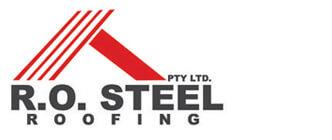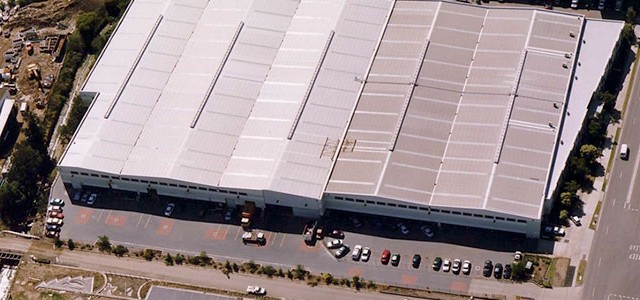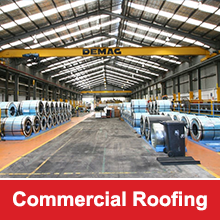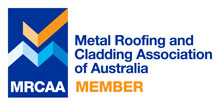A number of myths often circulate about metal roofs. One of the most common questions that many people often have about metal roofs is whether or not they will expand and contract. It is true that metal roofs will expand and contract. This is because metal roofs tend to heat up when the sun rises each morning. During cooler temperatures, the metal will contract.
In the past, this could place a tremendous amount of pressure on the roof and ultimately cause it to fail. Fortunately, new metal roof systems have been designed to combat these problems. A metal roof is capable of contracting quite significantly, which can place a tremendous amount of stress on fasteners and seams. In fact, without addressing these challenges, such problems can result in roof leaks and the need for expensive repairs.
Thermal expansion and contraction is often a significant concern when it comes to a metal roofing system. It is most significant in situations in which there are standing-steam systems due to the length of long panel runs. The precise amount of thermal movement depends upon several factors, including the amount of temperature change and the coefficient of expansion that is unique to the type of metal that is used in the roof system.
In areas where the amount of temperature change is significant, the amount of thermal expansion can actually result in screws being pulled out of the metal and also cause elongated holes in panels. In addition, thermal expansion can cause metal panels to bend or shift.
This is why it is imperative for a roofing contractor to ensure the proper design of the entire metal roofing system. Hidden clips and other types of attachment techniques are frequently used to account for thermal movement while preventing wind uplift. It is also important for installers to user an anchoring system at each end. This is usually done at a ridge in order to allow for movement that may occur at the opposing end.
In choosing fasteners for a metal roof, the installer will also need to ensure that the fasteners used are compatible with the type of metal used in the roof. This is crucial as the fastener should not react to the metal of the roof. When a metal panel is also screwed into a metal roof rather, there will also usually be less movement.
The color of the metal roof that you choose may also play a role in the amount of expansion and contraction that occurs. For instance, a darker metal roof panel may be more prone to expanding and contracting.
When installed properly, a metal roof is actually an excellent choice for holding up to weather changes regardless of where in Australia you may live. This is because the expanding and contracting of the metal allows for temperature changes. Proper installation will also ensure that your metal roof will not be at risk for slotting or any other problems that might eventually result in leaks.
Thanks for reading,
R.O. Steel Roofing
(02) 9660 5937






Comments are closed.